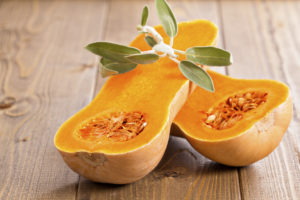
Leafy green vegetables
There’s no wrong time of year to be healthy culinary selections, but winter in Texas may be the perfect window to boost your meals to new levels of nutrition. According to FoodGeeks, all sorts of delicious green vegetables come near their peak harvest points during winter in the Lone Star State. For example, broccoli, cabbage and spinach are all at high growth cycle points during this season. You can use these to make your next stir fry a bit healthier or garnish you pasta. In fact, these folic-acid rich vegetables can even make great snacks for people on the go. Simply cut a few broccoli florets clear of the stalk, throw them into a closable bag and slide them into your purse, briefcase or backpack for a snack later on.
Vegetables for main dishes
Spinach, broccoli and cabbage are all great in their own regard, but these vegetables are predominantly used to make appetizers, sides or add to an existing entree. In Texas, there are two primary types of squash, winter and summer squash, according to Texas Gardener. Between October and April, winter squash is abundant down south and can be used to craft a wide variety of dishes. Inexpensive due to its high supply, this vegetable can help you make inventive ziti, risotto, salads, pastas and casseroles.
Fruits in the winter
The fact that colder temperatures have come to most of the country doesn’t mean that you can’t enjoy wonderful, delicious fruit. This is particularly true if you live deep in the heart of Texas, as a number of fruits stay in season all winter long. If you’re looking for something portable that you can take on the go or put in the kids’ lunches, tangerines, pears and oranges all grow through the winter. For the more adventurous among us, there’s passion fruit, cactus pear, red bananas, pomegranate and dates. Try incorporating these fruits into salads, meat-intensive dishes, spicy plates and more to get the absolute most out of seasonal Texas produce.


